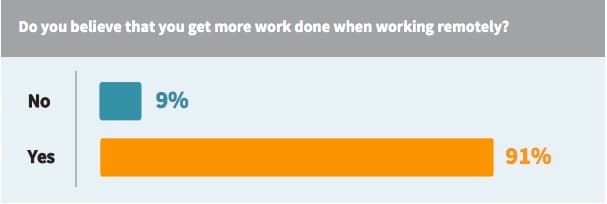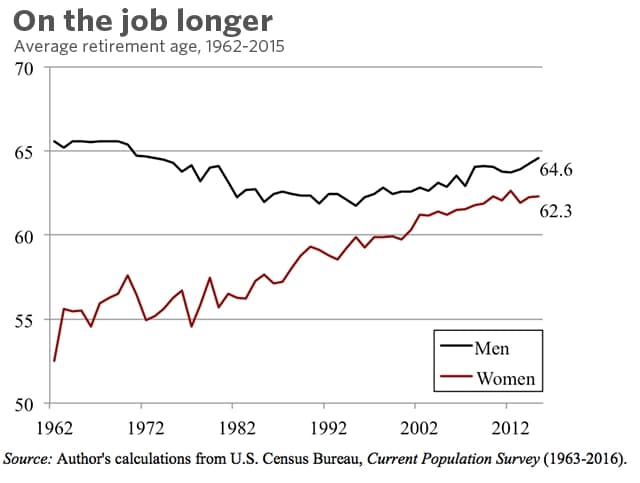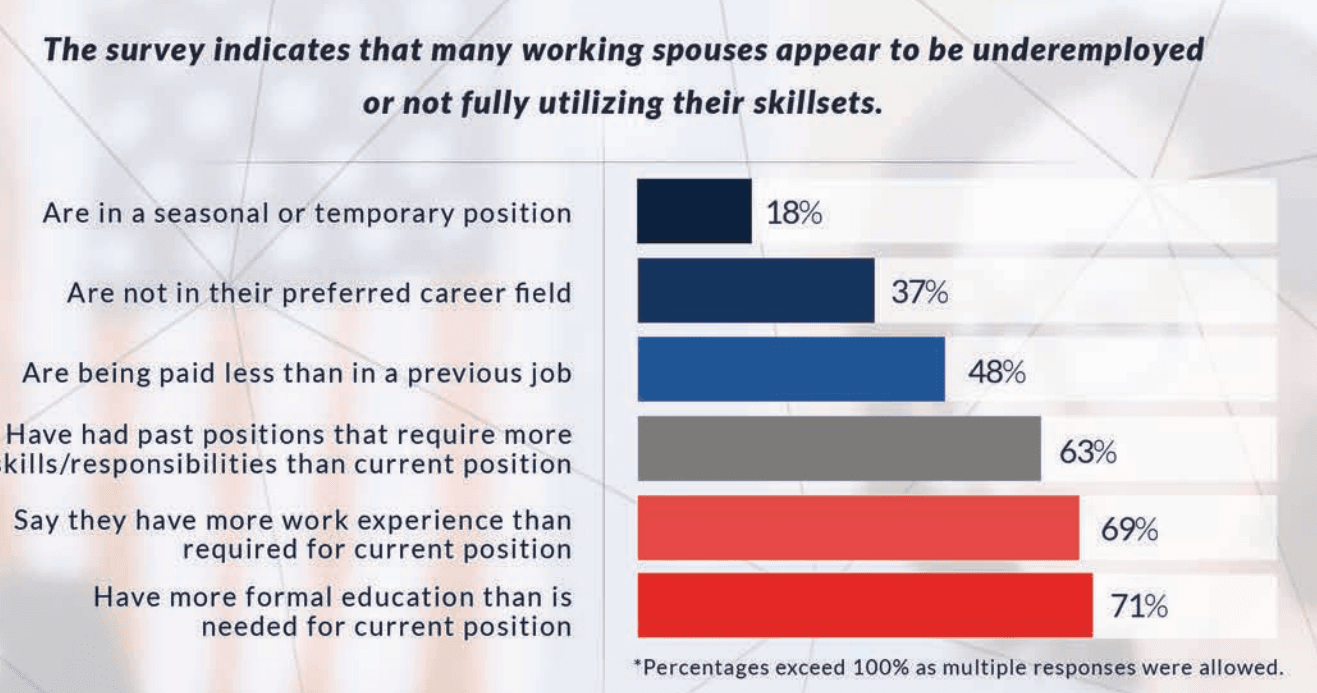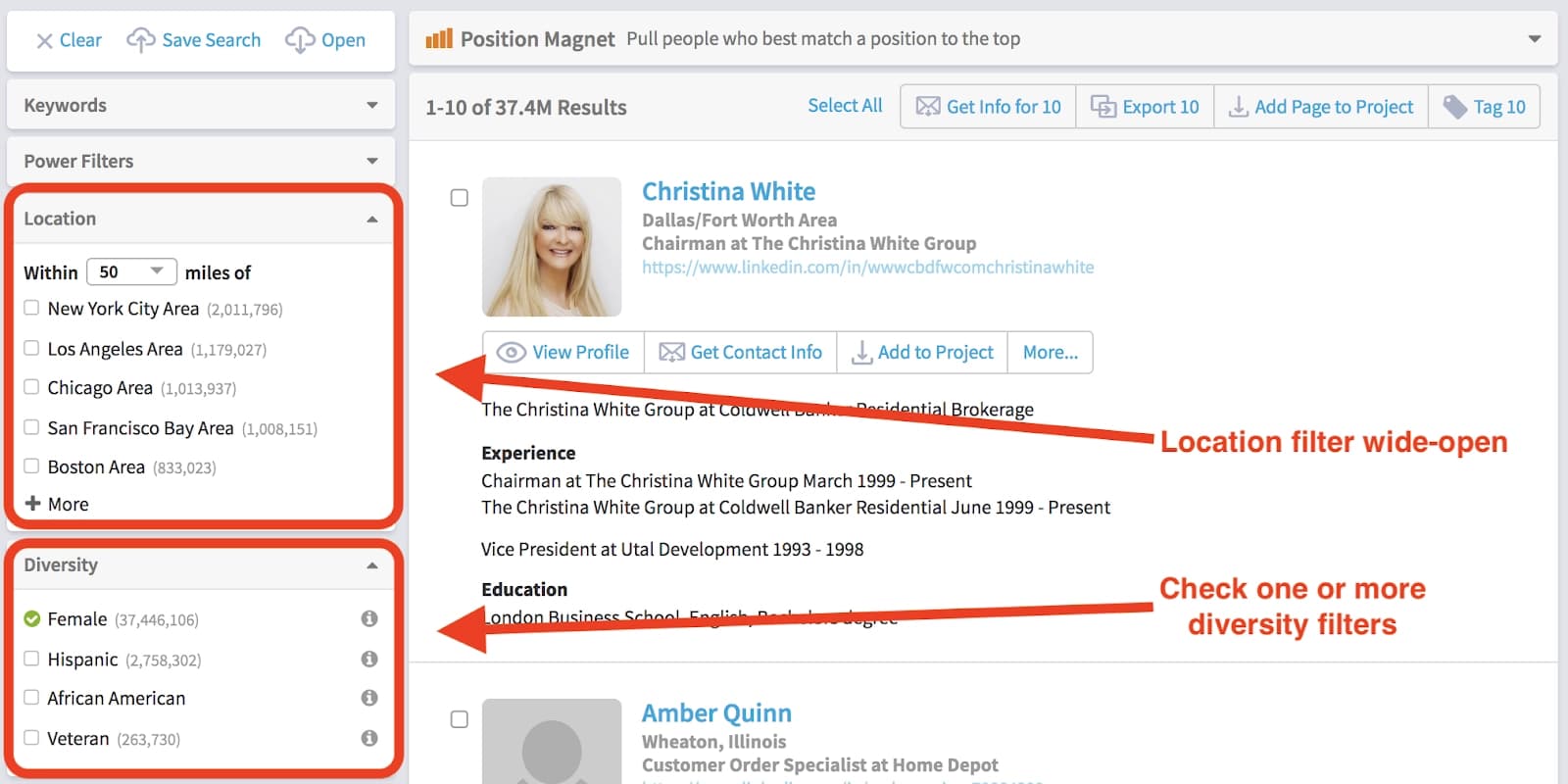
Back to blogs
Almost overnight, the global workforce became largely remote as workers around the world do their part to flatten the curve. Remote work, which was already a growing trend, is now reality—at least for the foreseeable future.
Looking forward, when business returns to normal, we anticipate that many companies will maintain flexible work-from-home policies after witnessing the associated benefits. Companies are now seeing firsthand how remote work can reduce overhead, boost productivity, and lower attrition.
And if the stats above aren’t enough for you, this simple chart in an otherwise expansive report from TINYpulse speaks volumes:

From a recruiting standpoint, being able to hire remote workers is a game changer. You get to hire from a broader pool of candidates, you get to cover more time zones with employees, and you get to meet candidate expectations. Buffer’s 2019 State of Remote Work report found that 99 percent of workers would like to work remotely, at least at some point over their careers. In addition to these benefits, remote work is also an opportunity to expand diversity recruiting initiatives.
Why It Pays to Invest in Diversity Recruiting
It’s widely accepted that having a diverse workforce drives better business results. According to one study, gender-diverse companies are 15 percent more likely to perform better, while more ethnically diverse companies are 35 percent more likely to succeed.
In the same study, earnings before interest and taxes (EBIT) also increased by 8 percent for every 10 percent improvement in the ethnic and gender category among U.S senior executive teams. What’s more, a separate report found that diverse management teams also generate 19 times more revenue than their more homogenous counterparts.
In addition to all this, diversity is becoming increasingly important to new applicants who want to be part of a diverse team. Oftentimes, a lack of diversity can be a dealbreaker when applying to a job or accepting a position. In this light, investing in diversity recruiting can make an employer more desirable.
How Remote Work Helps Expand Diversity Hiring
Here are some of the top reasons to consider building a diversity hiring campaign around remote workers.
Access Global Talent Pools
Businesses located in rural areas often lack access to diverse local talent pools. By embracing remote work, employers can cast a much wider net—reaching into cities and even emerging global markets that would otherwise be very difficult to leverage due to geographical distances. Instead of asking candidates to relocate and work onsite, employees can simply work from their place of choosing—their house, a library, or a coffee shop, for example—increasing their chances of accepting job offers. Creating a global talent pool is also a great way to bring in different perspectives, attitudes, and ideas into your company. Diversity can create a more worldly office environment, which benefits all workers. Customers will notice this as well.
Find the Right Workers
Diversity hiring is not about checking off boxes. This is the wrong approach—and one that fails to benefit the company or the hire in the long run. By leveraging a global remote workforce, it’s possible to tap into a much larger range of applicants—finding diverse candidates who are also rockstars in their fields. If the best developer for your project lives in San Francisco but your company is based in Des Moines, remote work makes it possible to get that person.
Gain Inroads into Emerging Markets
In the past, expanding into a new global market was highly resource intensive and risky. It required hefty CAPEX, and a thorough understanding of local resources and market conditions. With the advent of remote work, it’s much easier to enter new markets in places like Latin America and Africa. Many U.S. tech firms are training software developers in foreign markets. These new remote employees then build local workforces and make inroads into new communities, organically expanding the company’s reach. Africa, it should be noted, is now the fastest-growing continent for developers.
Remote Work: A Pathway to Inclusion
By embracing remote work, companies can take on all types of workers they would otherwise miss out on.
The workforce is full of talented individuals who either cannot or choose not to work anywhere but home—yet still deserve an equal opportunity to grow their careers. Let’s explore some of these candidate personas.
Workers with Injuries or Debilitating Health Conditions
Traveling to the office every day is more than an inconvenience for some people who have medical conditions. It can be risky, highly inconvenient, or downright impossible. Yet, in many cases, people who fall into this category make excellent employees who are also highly motivated and enthusiastic about working.
This group also represents a significant portion of the population. According to the Centers for Disease Control and Prevention, one in four U.S. adults—or 61 million Americans—live with a disability that impacts major life activities. And mobility is the most common disability type, impacting 1 in 7 Americans.
By embracing remote work, it’s possible to tap into this large group of workers.
Semi-retired Seniors
Attitudes about retirement are changing. The days of retiring at 65 and sitting on the beach all day are long gone. It’s becoming increasingly common for seniors to keep working to stay active, maintain a sense of purpose, and supplement their income. According to TD Ameritrade, nearly one-third of Americans over 40 said they would continue working part-time after retirement, even if they don't have the financial need.
There are a number of reasons to add seniors to your remote workforce. For example, these folks can bring a lifetime of experience to the table, making them excellent mentors for younger workers. Seniors can also be multifaceted with experience in a variety of business roles and different industries.

Stay-at-Home Parents
Attitudes about parenting are changing, too. Now more than ever, parents are choosing to stay at home to save money on childcare and be closer to their kids during their formative years. In fact, a recent study from Pew Research found that stay-at-home moms and dads now account for about one-in-five U.S. parents.
“Among all stay-at-home moms and dads, those who are home to care for family are more likely to have a college degree than stay-at-home parents who are home for other reasons,” the Pew report explains. “A quarter of dads who are home to care for family have a college degree, compared with 17% of dads who are home for other reasons. Among stay-at-home moms, 29% of those who are caring for family have a college degree, compared with 18% of those home for other reasons. In addition, both mothers and fathers who stay at home to care for family are far more likely than those at home for other reasons to have a working spouse.”

Freelancers and Digital Nomads
Many of the top developers in the world live “digital nomad” lifestyles, working remotely and travelling all over the world at will.
We are steadily migrating to a gig economy, too, where more and more workers are starting to demand 1099 contracts instead of full-time salaried positions. This approach typically saves companies money, while avoiding many of the drawbacks that come with keeping workers on board full-time (e.g., payroll taxes and benefits).
SeekOut encourages all companies to consider remote work if they’re not already doing so. Recent advances in business communications and networking have made it safer and easier than ever before to allow remote work at your organization. And, as discussed above, remote work arrangements profoundly increase a company's ability of finding qualified candidates with qualified diverse backgrounds and skill sets.

SeekOut is an AI-powered sourcing tool that can help build a robust global workforce quickly and easily. With the help of SeekOut, recruiting teams can discover workers that would otherwise go undiscovered on leading recruiting platforms. It’s the easiest way to expand diversity recruiting and build an organization that draws from more perspectives and experiences—and is better off because of it.
See us in action
Learn how SeekOut unifies people data to help organizations reach their talent goals
Request a demo




